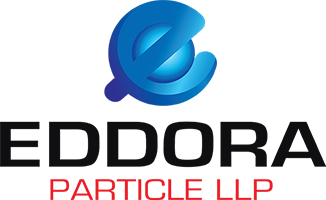Particle boards might seem like simple materials, but they offer surprising versatility and affordability. Our FAQ’s Regarding Particle Boards unravel the secrets of this popular wood-based panel, answering your burning questions about types, uses, advantages, and more. Wondering if they’re the right choice for your project? Discover their strengths and weaknesses, and learn how to select the perfect board based on your needs. Plus, get eco-conscious tips and creative inspiration for taking your particle board projects to the next level!

- What are particle boards made of?
Particle boards are made from wood chips, sawdust, and other wood byproducts bonded together with resin or adhesive under heat and pressure.
- What are the advantages of using particle boards?
Affordability, versatility, stability, lightweight, and readily available.
- What are the disadvantages of using particle boards?
Susceptible to moisture, lower strength than solid wood, some older boards may emit formaldehyde (look for low-formaldehyde options).
- What are the different types of particle boards?
Plain particle board, MDF (Medium-density fiberboard), HDF (High-density fiberboard), Melamine faced, Pre-laminated.
- What is the difference between particle board, MDF and HDF?
Particle board is the most basic, MDF is denser and more stable (good for furniture), and HDF is the densest and strongest (good for countertops).
- What is MDF used for?
Furniture, cabinetry, doors, trim, shelving.
- What is HDF used for?
Countertops, flooring, furniture components.
- What is melamine faced particle board used for?
Shelving, cabinets, countertops, furniture (scratch and moisture resistant).
- What are pre-laminated particle boards?
These come with a decorative laminate already applied for a quick and finished look.
- What is pre-laminated particle board used for?
Quick and easy finished look for furniture, shelving, cabinets.
- Are particle boards strong enough for furniture?
Yes, depending on the type and thickness. MDF and HDF are stronger than standard particle board.
- Can particle boards be painted or stained?
Yes, but they require proper priming and sealing first.
- How do I cut particle boards?
Use standard woodworking tools like saws, drills, and sanders. Ensure proper ventilation and dust collection when working.
- Are particle boards environmentally friendly?
The sustainability depends on the source of the wood and manufacturing processes. Choose FSC-certified boards for responsible forestry practices.
- Where can I buy particle boards?
Eddora Particle is a leading manufacturer offering a wide variety of options. Other retailers include Lowe’s, Home Depot, and online woodworking stores.
- What is the cost of particle boards?
Varies depending on type, thickness, and size. Generally cheaper than solid wood.
- Are particle boards safe for food contact?
Not all particle boards are safe. Check with the manufacturer for specific information.
- What are some creative uses for particle boards?
Headboards, wall art, DIY projects, crafts.
- How can I protect particle boards from moisture damage?
Use sealants or paints for exposed surfaces and avoid direct contact with water.
- What are the formaldehyde emission standards for particle boards
Look for boards that meet low-formaldehyde emission standards (E1 or CARB P2) for better indoor air quality.
- Do termite eat particle board?
Yes, if it is not termite resistant, but Eddora Particle’s particle Boards are eco-friendly, stronger and durable than any other boards. It also termite resistant.









